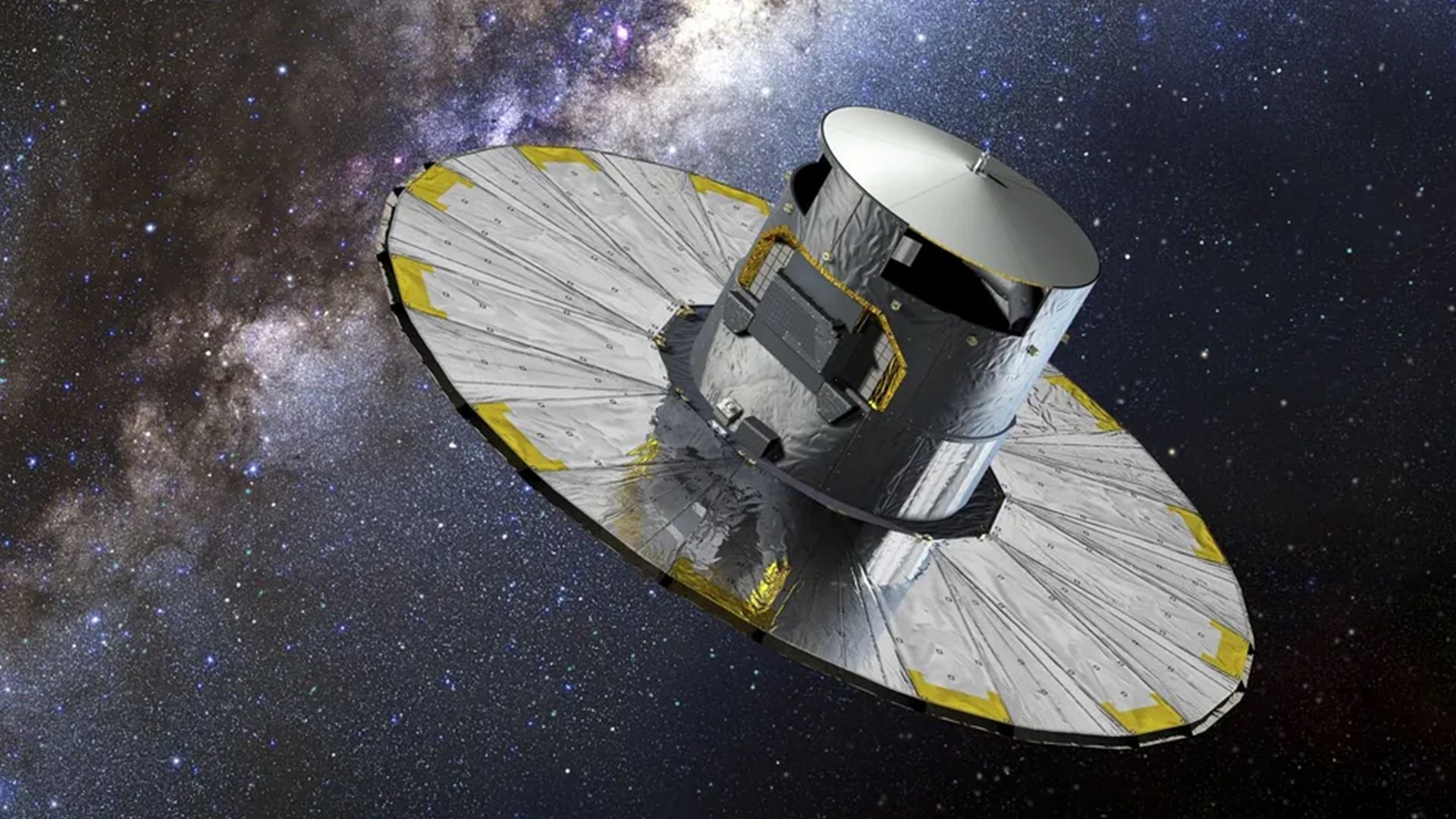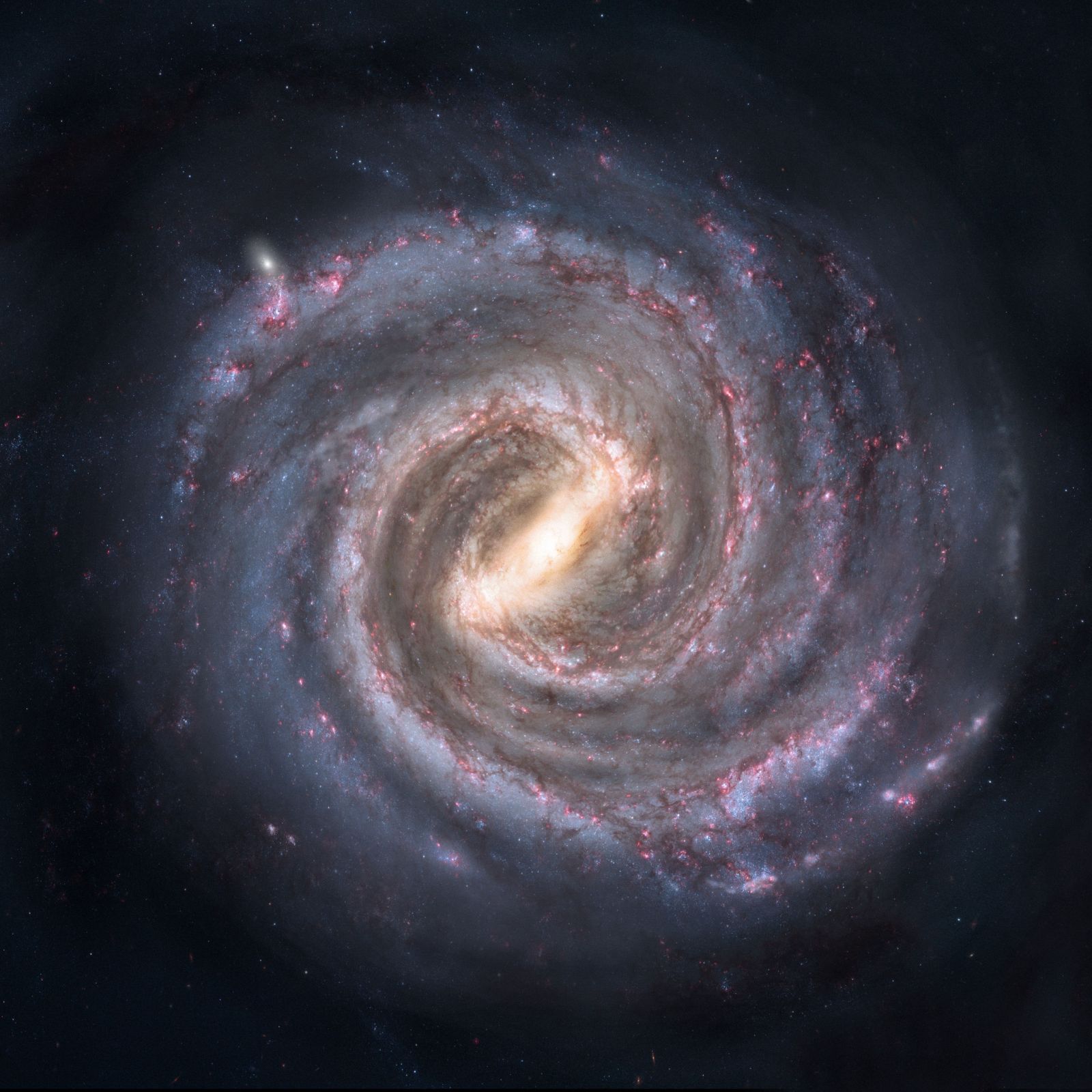Follow us on Google News (click on ☆)
These results, obtained through measurements of unprecedented precision, reignite the quest to unravel the mystery of this elusive matter.
For several decades, dark matter has represented one of the greatest enigmas of modern astrophysics. This invisible component is thought to constitute approximately 85% of all matter in the Universe, but its nature remains stubbornly mysterious. No instrument has yet succeeded in detecting it directly. Faced with this impasse, some scientists have proposed alternative theories that challenge our understanding of gravity itself.
Among these approaches, the MOND theory (for Modified Newtonian Dynamics) is the most well-known. Proposed in the 1980s, it starts from an observation: in the regions farthest from the centers of galaxies, stars experience extremely weak gravitational attraction. They are therefore subjected to very low accelerations. The MOND theory suggests that, under these extreme conditions, Newton's laws of gravity would no longer apply as they are and should be modified.
This idea seemed appealing because it could reproduce the observed rotation curves in many galaxies. These curves, which describe the speed of stars as a function of their distance from the galactic center, generally remain flat—meaning the speed stays constant even far from the center—while classical Newtonian theory predicts a decrease. MOND would explain this peculiarity without needing to invoke invisible matter.
Thanks to observations from the European Space Agency's (ESA) Gaia satellite, this new study reveals that the rotation curve of our own galaxy, the Milky Way, shows a gradual decrease in speed at large distances from the galactic center. This behavior changes the game. Unlike the flat curves observed in other galaxies, the Milky Way shows a decline. And this is precisely where the MOND theory no longer works.

Illustration of the Gaia space observatory.
Credit: ESA
Scientists systematically compared the predictions of different theoretical models with Gaia's data. The verdict is clear: a model including dark matter successfully reproduces the observed decrease, while the MOND theory fails to do so. Even by adjusting the parameters of the MOND model to extremes—for example, by assigning unrealistic masses to certain galactic components—the theory remains incompatible with the observations.
Even more problematic for MOND: the fundamental parameter of this theory, supposed to be a universal constant valid for all galaxies, would need to take a very different value for the Milky Way compared to other studied galaxies.
These results therefore reinforce the hypothesis of dark matter as the most solid and coherent explanation for the structure and dynamics of our galaxy. However, the mystery of its exact nature remains entirely unsolved, and physicists continue their efforts to identify it through direct detection experiments and future space observations.
